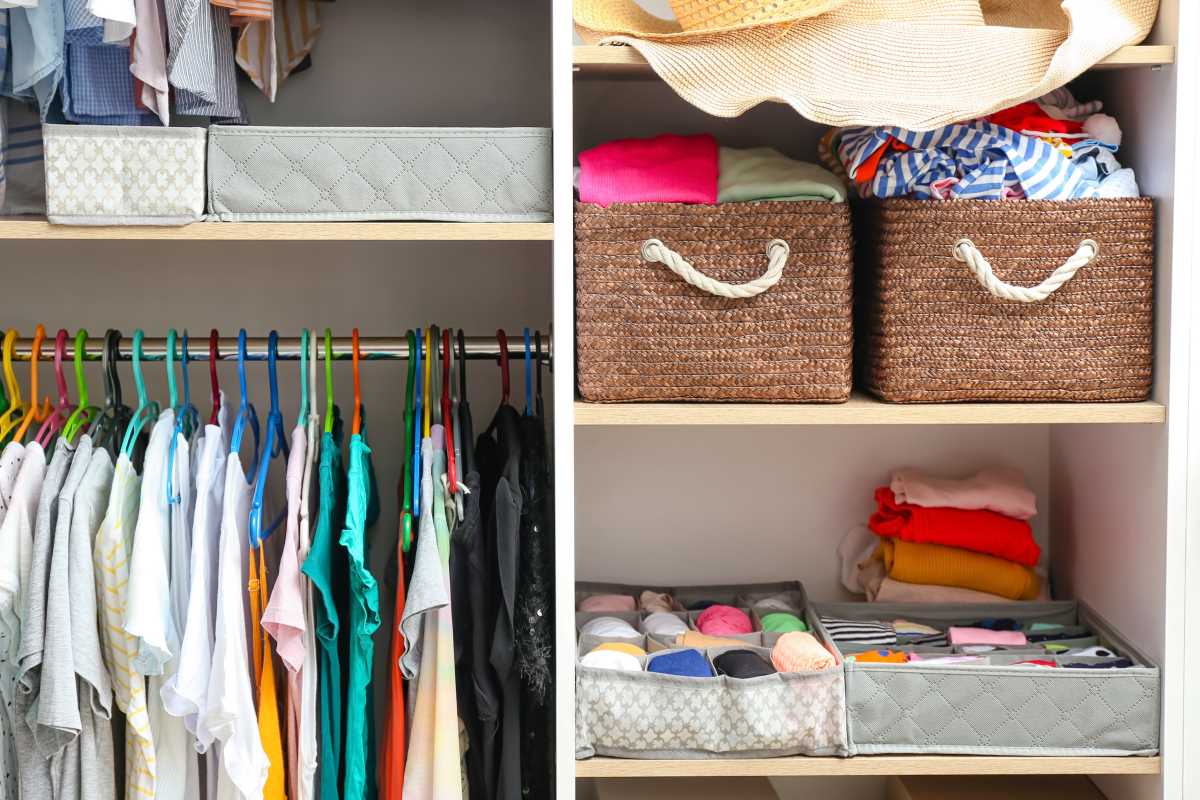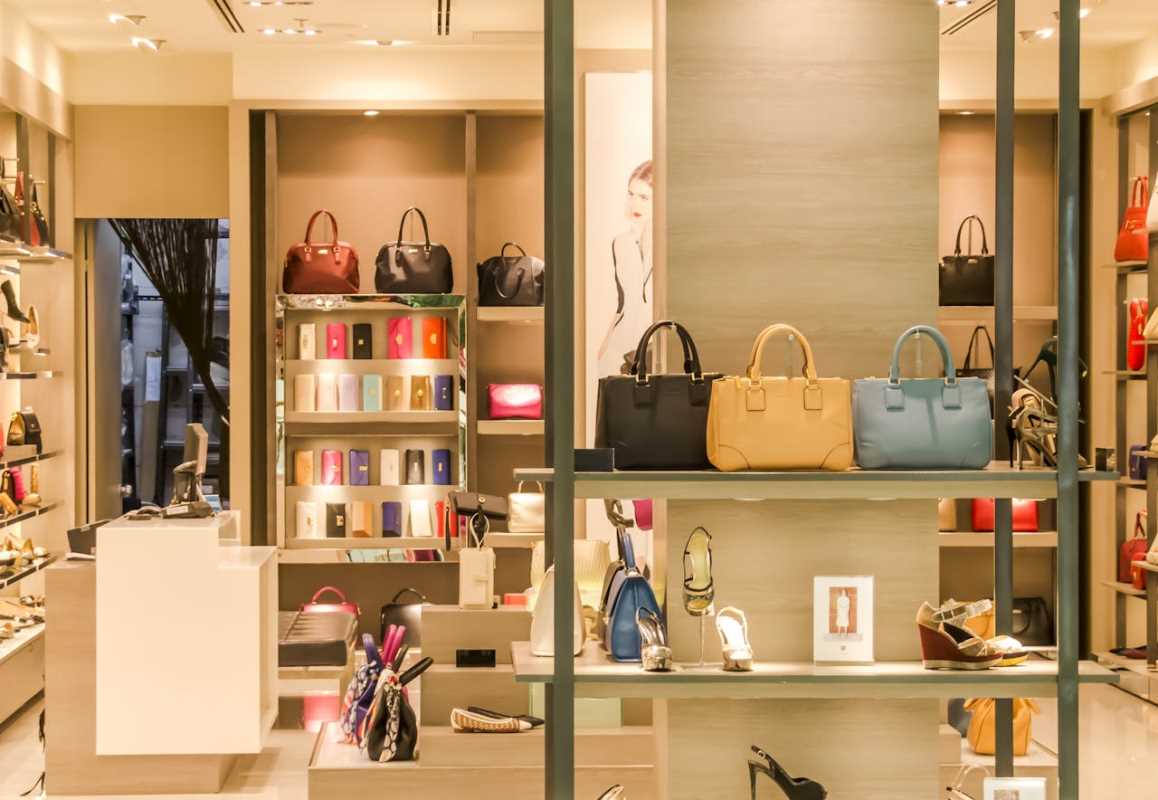The clothes we wear do more than just cover our bodies; they send a message to the world and, more importantly, to ourselves. You might open a closet full of clothes every morning and still feel like you have nothing to wear that truly represents you. That feeling of being uninspired or disconnected from your wardrobe can have a deeper impact than you think, affecting your confidence, your mood, and even your opportunities. An outdated or ill-fitting wardrobe can hold you back in subtle but significant ways. We’ve got you covered with a guide to understanding how your clothes might be limiting you and how to build a wardrobe that empowers you to step into your best self.
The Psychology of What We Wear
The connection between our clothing and our mindset is a powerful one, a concept known as "enclothed cognition." This idea suggests that the clothes we wear can influence our thoughts, feelings, and actions. Understanding this link is the first step toward using your wardrobe as a tool for personal growth.
How Clothing Affects Your Confidence
Have you ever put on a specific outfit and instantly felt more capable and put-together? That's enclothed cognition at work. The clothes you choose can act as a form of armor, boosting your self-esteem and preparing you to face the day's challenges. A well-fitting blazer can make you feel more authoritative in a meeting, while a comfortable, stylish dress might give you the confidence to socialize at an event.
Conversely, clothes that are ill-fitting, worn out, or don't align with your sense of self can have the opposite effect. They can make you feel self-conscious, insecure, and distracted. You might find yourself fidgeting with a hemline or pulling at a tight waistband instead of fully engaging in the moment. Your wardrobe should make you feel empowered, not insecure.
The Link Between Attire and Productivity
The "dress for success" mantra holds a surprising amount of truth, even in an age of more casual workplaces. What you wear can signal to your brain that it's time to focus and be productive. This is why many remote workers find it helpful to change out of their pajamas and into "work" clothes, even when they're not leaving the house. The simple act of getting dressed creates a mental shift, separating leisure time from work time.
Your clothing can also impact how others perceive your competence and professionalism. An outfit that is appropriate for your industry and role can command respect and signal that you take your work seriously. A wardrobe that supports your professional goals helps you project an image of capability and readiness, opening doors to new opportunities.
Signs Your Wardrobe Is Holding You Back
It's not always obvious that your clothing choices are limiting you. Recognizing the signs is the first step toward making a positive change. We’re here to help you identify the red flags.
You Suffer from "Nothing to Wear" Syndrome
You stand in front of a closet packed with clothes, yet you feel like you have absolutely nothing to wear. This common frustration is often a sign that your wardrobe is filled with individual items that don't work together. You might have trendy pieces you bought on impulse, clothes that no longer fit your lifestyle, or items you're keeping "just in case."
This lack of cohesion means that creating an outfit feels like solving a difficult puzzle every morning. It leads to decision fatigue before your day has even begun and often results in you wearing the same few "safe" outfits over and over again. A functional wardrobe should be full of possibilities, not problems.
Your Clothes Don't Fit Your Current Life
Our lives are constantly evolving, but our wardrobes don't always keep up. You might be holding onto clothes from a previous job, a different stage in your life, or a size you no longer are. These items take up valuable physical and mental space.
Wearing clothes that don't align with your current lifestyle can create a disconnect between who you are now and who you used to be. Your wardrobe should reflect your present self and support your future ambitions, not keep you tethered to the past. Dressing for the life you have—and the one you want—is an act of self-acceptance and forward momentum.
You Dress to Hide, Not to Express
Your style should be a joyful form of self-expression. If you find yourself consistently choosing clothes that are meant to make you blend in or hide your body, your wardrobe might be negatively impacting your self-image. Oversized, shapeless garments or a monotonous color palette chosen out of fear can reinforce feelings of wanting to be invisible.
While comfort is important, consistently hiding behind your clothes can prevent you from showing up in the world as your most authentic and confident self. Your wardrobe should be a source of joy and a way to communicate your personality to the world.
How to Build a Wardrobe That Empowers You
Revamping your wardrobe is not about buying a whole new set of clothes. It’s about being intentional and curating a collection that truly serves you. Let’s get you started.
Conduct a Ruthless Wardrobe Audit
The first step is a thorough closet clean-out. Take everything out and sort each item into one of four piles: Keep, Repair, Donate/Sell, and Discard.
For the "Keep" pile, be honest with yourself. Ask these questions for each item: Do I love it? Does it fit me right now? Does it make me feel good? Does it align with my current lifestyle? Only items that get a resounding "yes" should go back into your closet. The "Repair" pile is for beloved items that just need a little love, like a new button or a mended seam. Items that are in good condition but no longer serve you go in the "Donate/Sell" pile. Anything worn out beyond repair can be discarded or recycled.
Define Your Personal Style
With a clean slate, take some time to define what you want your personal style to be. Create a mood board on Pinterest or save images on Instagram of outfits that you are drawn to. Look for recurring themes in colors, silhouettes, and overall aesthetics.
Think about three words you would want to describe your style. Is it classic, creative, and comfortable? Or perhaps it's polished, bold, and modern? Having this clear vision will act as your guide for all future purchases, helping you build a cohesive and authentic wardrobe.
Invest in High-Quality Basics
A strong wardrobe is built on a foundation of high-quality, versatile basics. These are the timeless pieces that you can mix and match to create endless outfits. Think of items like a classic white t-shirt, a well-fitting pair of jeans, a tailored blazer, a versatile black dress, and a timeless trench coat.
Investing a little more in these core pieces will pay off in the long run. They will last longer, fit better, and serve as the reliable workhorses of your wardrobe. These essentials provide the canvas upon which you can add more personality-driven pieces.
Shop with Intention, Not Impulse
Moving forward, approach shopping with a clear plan. Before you buy something, ask yourself if it aligns with your defined personal style and if it works with at least three other items already in your closet. This simple rule will prevent you from buying "wardrobe orphans"—items that don't go with anything else you own.
Avoid buying something just because it’s on sale. A bargain is only a bargain if you actually wear and love the item. By being a more mindful consumer, you will build a wardrobe that is both functional and joyful, full of pieces that you are excited to wear.







